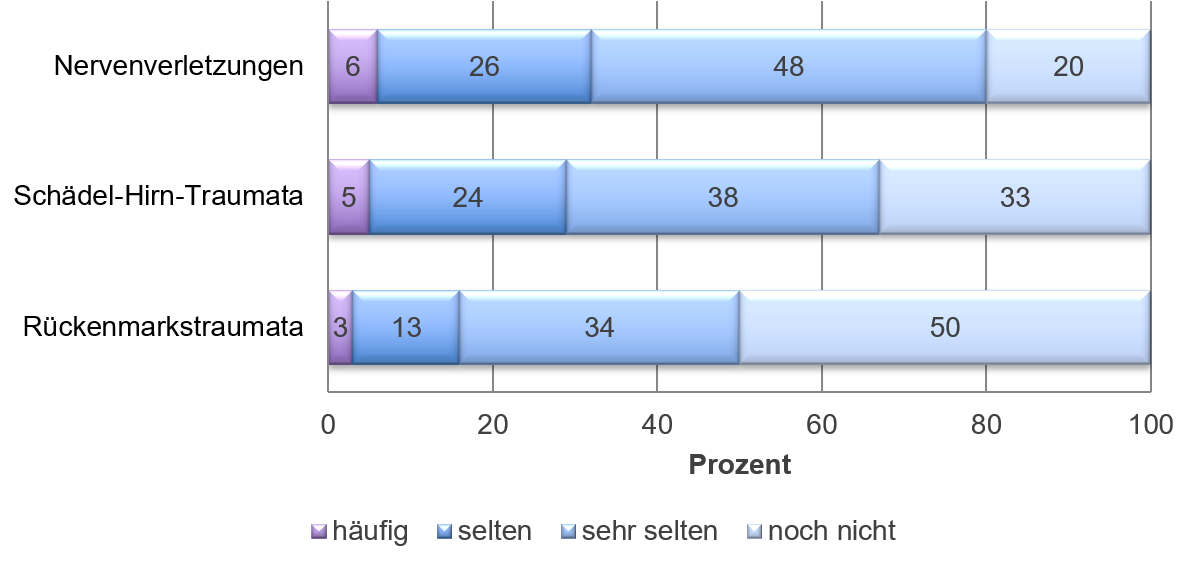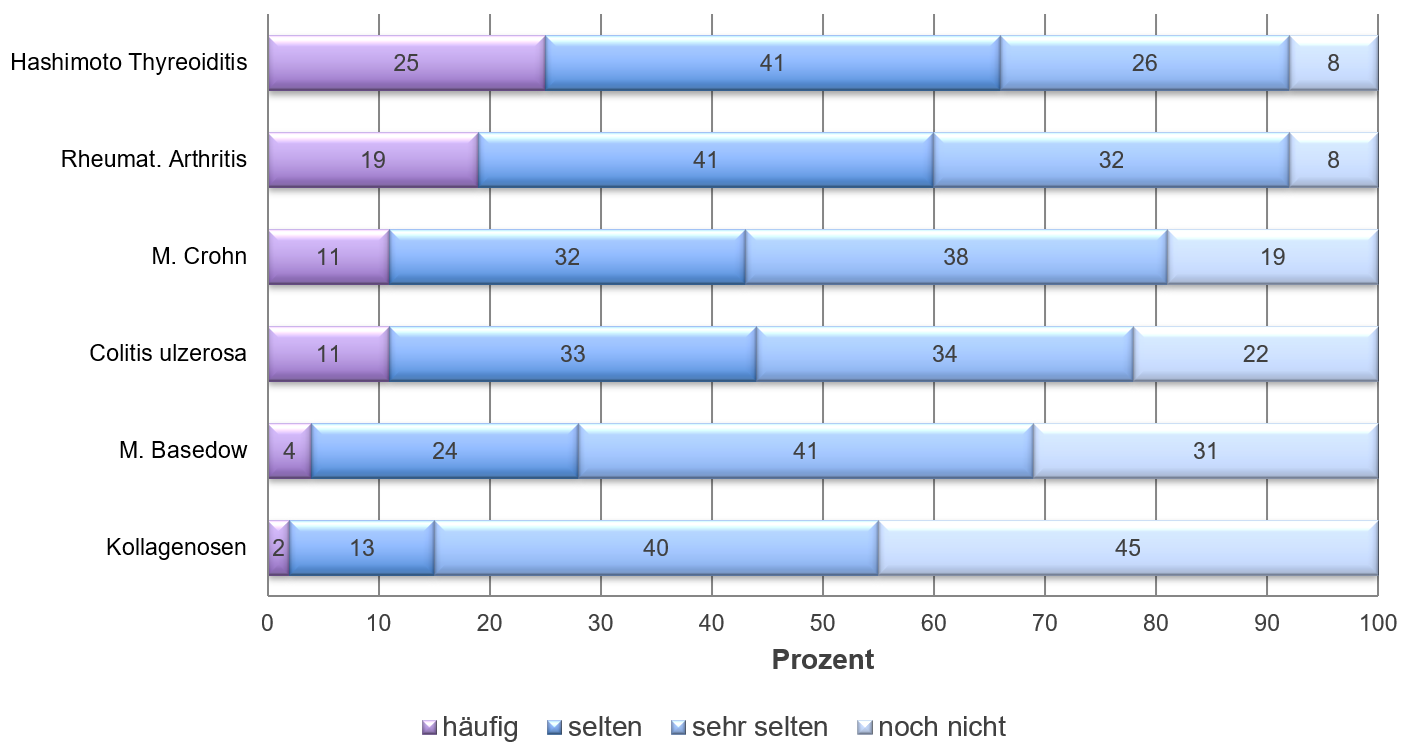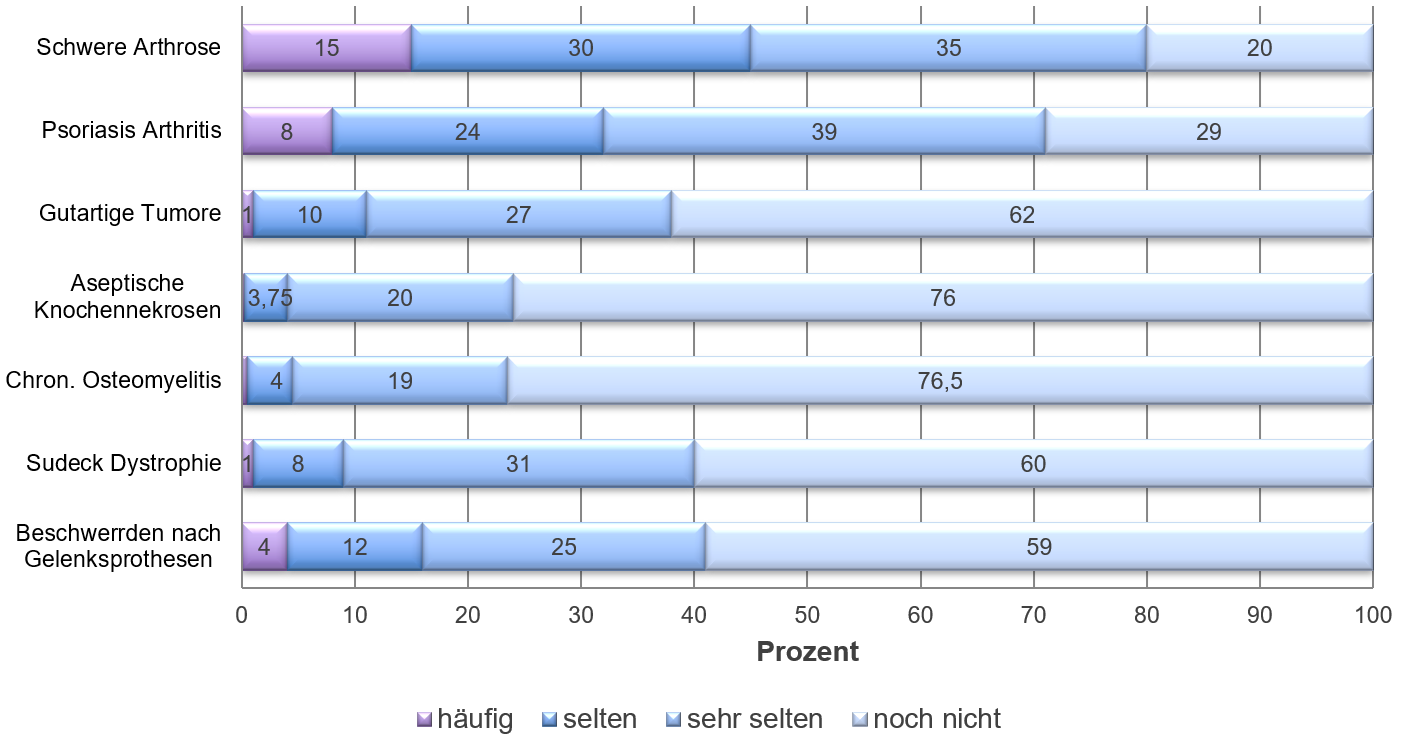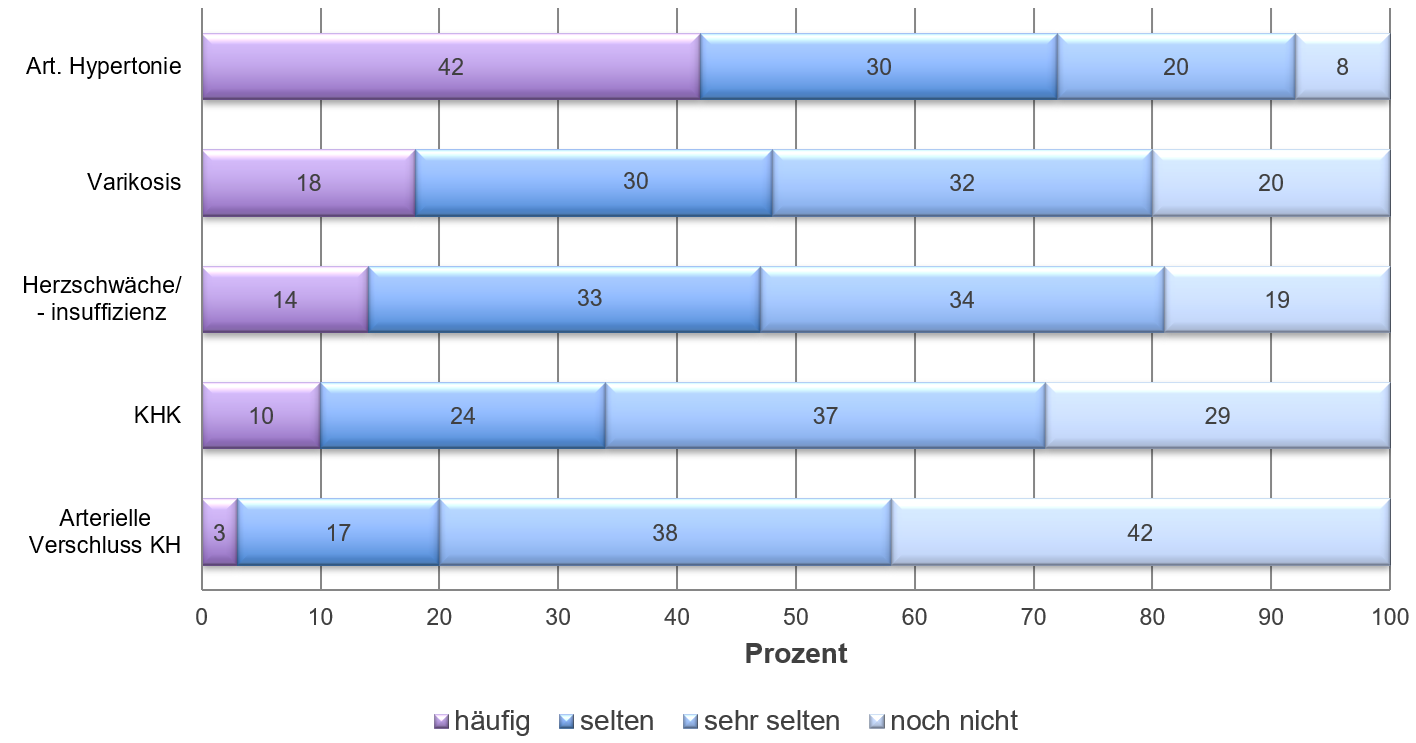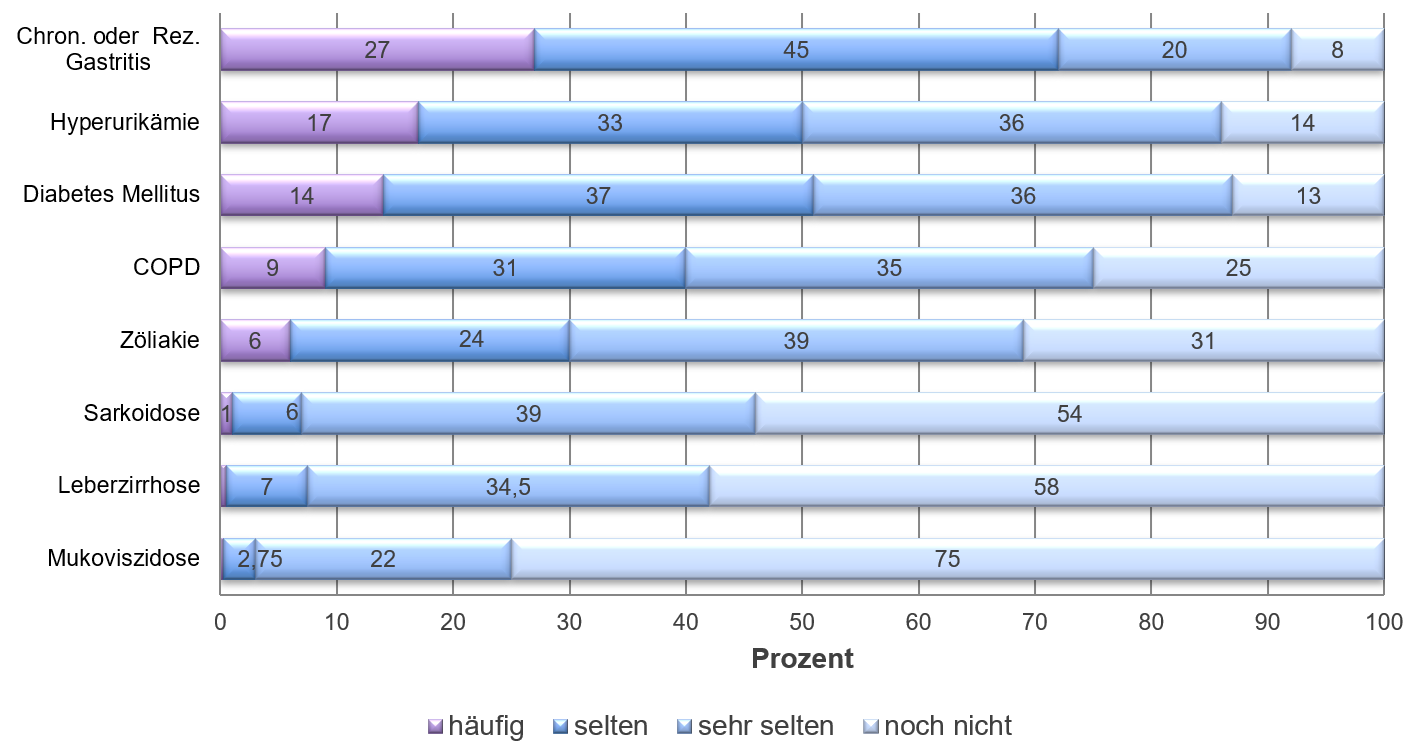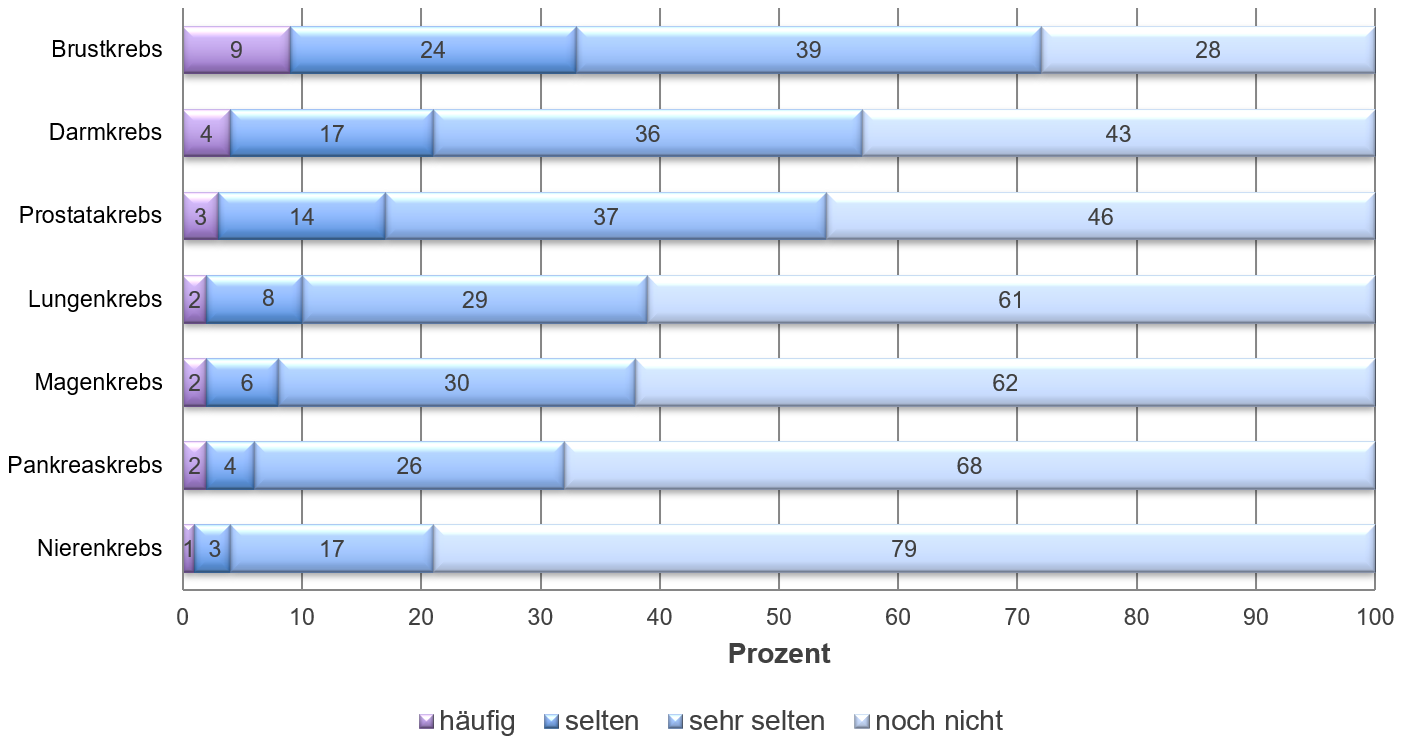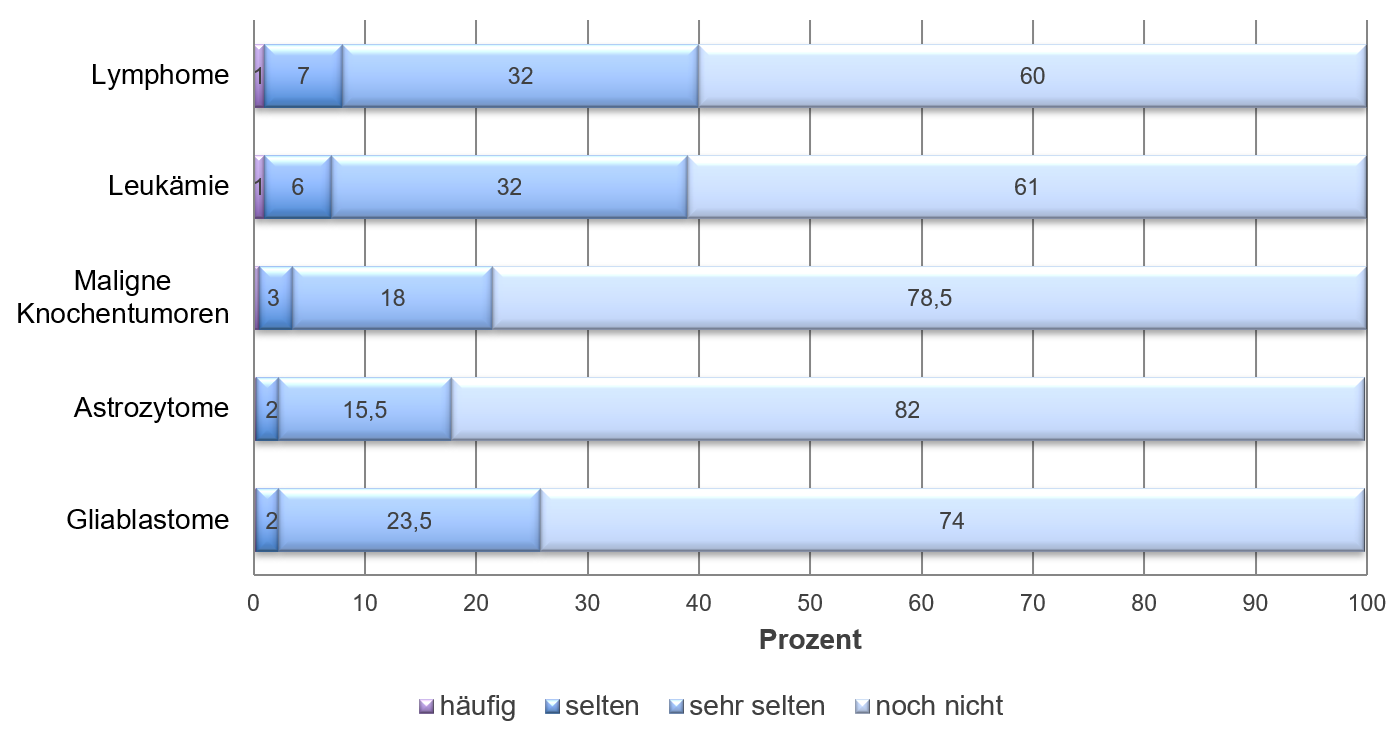The homeopathic treatment of severe pathologies
The homeopathic treatment of severe pathologies of chronic diseases places additional demands on the treatment situation in the outpatient homeopathic practice. Patients usually want a complementary addition to specialist diagnosis and treatment[i]. Extensive case reports, CD's with MRI and CT scans are brought to the case admission.
The need for consultation and in particular patient management in the case of serious and final diagnoses requires not only extensive medical-psychological knowledge but also the ability of the practitioner to reflect on his own and others' perceptions. This is the only way to achieve an authentic and open encounter in which the patient can develop the confidence to make self-determined decisions for his or her life on the basis of solid information.
From the point of view of the practitioner, this means not only being familiar with the latest medical findings in the respective area of specialization. In addition, the patient is expected to be professionally confident in clinical diagnostics, in explaining specialist findings in a comprehensible way, and to have a respectful ethical maturity and firmness in order to accept long-term support.
In addition, there is a familiarity and understanding on the part of the practitioner of the current conventional therapies, the possibilities that exist with them, risks, and the assessment of the possibilities of surgical procedures in the individual case.
Complementary homeopathic treatments in the field of oncology
The most striking finding of the survey shows that such complementary homeopathic treatments are ultimately offered and performed more frequently (>1x/mon.) by a maximum of 10-15% and in the oncological field by less than 10% of all practices.
These figures are also in line with other results of the survey, such as:
- Length of time in practice to date (>10 years),
- number of hours worked per week (>40h/week), and
- extensive accessibility in emergency and crisis management,
- showing that in fact only 10-15% of current primarily homeopathic practices provide such a full-time service to patients.
These results also include that the decision of a long-term accompaniment is a conscious decision of the responsible patient, especially since the costs, apart from some private insurance contracts, are to a high or to the predominant part completely borne by the patient himself.
For the classical homoeopathic treatment it comes in addition that the costs for medicines make only a vanishingly small portion of the total costs, is paid basically the working time of the treating Homöopath:innen (physician, HP).
Chronic diseases
A special position takes chronic diseases, which occur according to survey results in the ambulatory homoeopathic practice more frequently than 15%.
These are:
- Chronic pain, often of unclear genesis
- Hashimoto thyroiditis
- Rheumatoid arthritis
- Multiple severe arthroses
- Arterial hypertension
- Progressive varicosis II
- Chronic recurrent gastritis
In these cases, patients often expect relief from regular medication, usually due to side effects, as well as a mitigation of progressive deterioration in the course of the accompanying homeopathic treatment.
Success on the part of the patient is therefore not only measured by a symptomatic improvement of chronic complaints.
Knowledge of conventional medication
A comprehensive knowledge of conventional medications, such as painkillers, acid blockers, antihypertensives, L-thyroxine intake, as well as expanded knowledge of medicinal sleep aids, SSRIs, etc., as well as the interaction of frequently prescribed agents is required here for appropriate consultation and, if necessary, specialist review. Often, especially older, multimorbid patients appear with a whole bag full of "pills" about which the participating specialists rarely have a complete overview.
The following are the evaluations of the medical specialties.
[i] When treating patients with specialist diagnoses, they usually bring copies of their findings with them and continue with the coding that has already been carried out (usually ICD-10). For this reason, the information on ICPC-3 is not included in the overview.
Where necessary, the numbers are rounded in the tenth range for a better overview, in order to avoid decimal places which do not change the essential basic statements. Differential diagnostic questions do not usually arise. The presentation of the required skills is explained in the publication on practice QM (section Basic skills and expertise).
